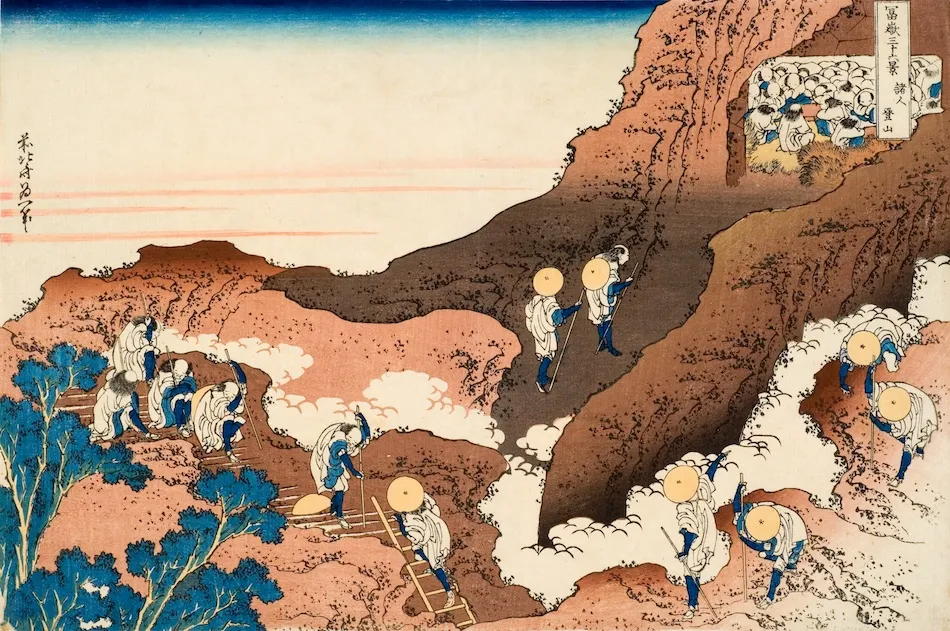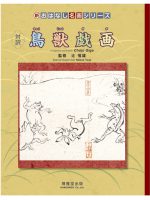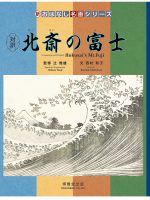Choju Giga in Japanese and English


Choju Giga(The Scroll of Frolicking Animals), which has been handed down for centuries, is said to have been produced about 900 years ago.
This artistic masterpiece, regarded by some as the origin of manga, contains vivid depictions of animals engaged in lively antics.
Let’s enjoy looking at the charming and fascinating ways in which the animals behave and imagine how the people in the old days lived and played.
Hokusai’s Mt.Fuji in Japanese and English
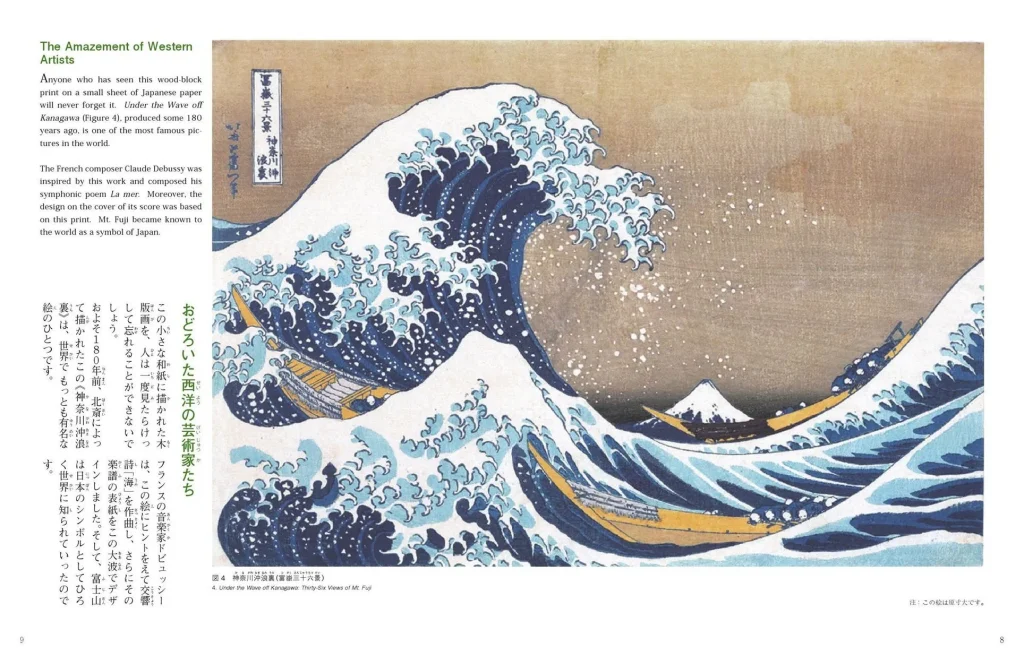
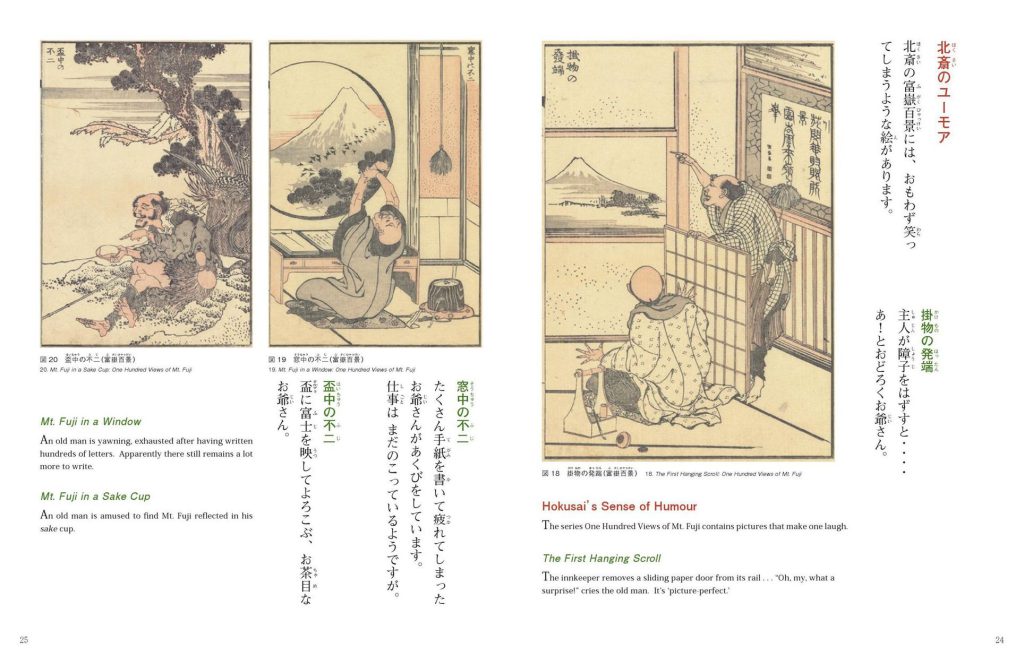
Hokusai was a genius Ukiyo-e artist in the Edo period who had a significant influence on Impressionists like Vincent van Gogh.
In this book, you can enjoy his masterpieces with large images and concise English sentences.
Please also relish the unique and wonderful Japanese culture including his great sense of humor.
A Mystery Surrounding Choju Giga
There are some mysteries surrounding Choju Giga, one of which is this: Why has Choju Giga been accorded exceptional treatment at Kyoto’s Kozanji Temple for nearly 900 years?
Within Kozanji Temple, which houses numerous national treasures, it has been safeguarded alongside the “Biography of the Founder of the Temple’s Sect (the Kegon School)” and the “Portrait of Myoe Shonin, the Restorer and Essentially the Founder of the Temple.”
Indeed, it seems unusual to treat it like that if it is just a scroll for fun. One might presume that this scroll contains some religious teachings rather than just playful illustrations. But no one knows for sure.
If you’re ready to take on the challenge of solving this mystery, this book is the perfect companion for you!
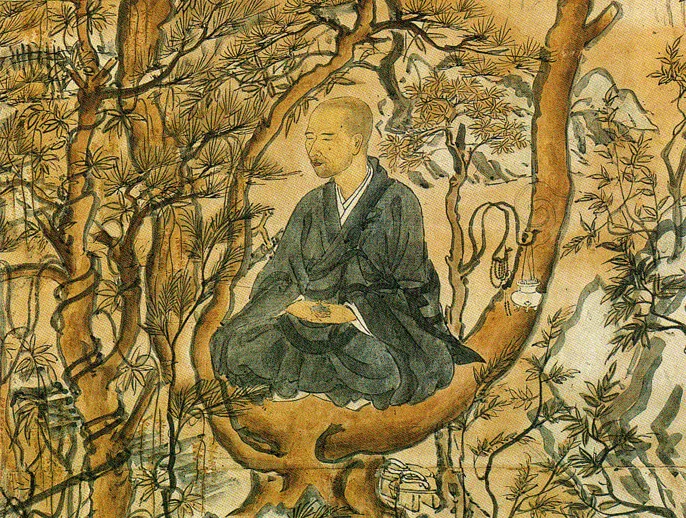
Mt. Fuji Worship
Among the “Thirty-Six Views of Mt. Fuji”, “Groups of Mountain Climbers” is the only one depicting Mt. Fuji without its distinctive shape. Perhaps Hokusai wanted to portray the rugged aspect of Mt. Fuji rather than its beauty.
From ancient times, Japanese people revered mountains, developing a tradition of mountain worship, with Mt. Fuji, with its exceptional grandeur, beauty, and sanctity, becoming a focal point.
During the Edo period, worship of Mt. Fuji developed, advocating that ‘high or low, rich or poor, all people can be saved by worshipping and climbing Mt. Fuji.’ By the time Hokusai completed his “Thirty-Six Views of Mt. Fuji”, it had pervaded every corner of Edo city.
The people in the painting are climbing Mount Fuji as a solemn act of faith. That might be why there is no apparent sense of joy coming from those who have reached the summit.
